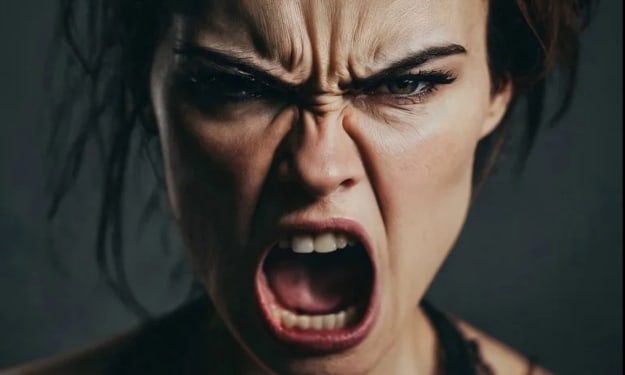ANIME UNLEASHED
DIVE INTO THE EXCITING WORLD OF ANIMATION

The craze of anime or Japanese animation has been on the rise in recent years, not just in Japan, but all over the world. Anime has become a global phenomenon, with fans from all ages and backgrounds enjoying the unique storytelling and artistic styles that anime has to offer.
One of the reasons for the rise in popularity of anime is the increased accessibility to the content. With the advent of streaming services like Crunchyroll and Funimation, anime is now more easily available to viewers all over the world. This has led to a wider audience discovering and enjoying anime, and has also led to more anime being produced and released.
Another reason for the craze of anime is its unique storytelling style. Anime often deals with complex and mature themes, such as coming of age, love, loss, and societal issues. This has led to a wide range of anime catering to different audiences and interests, from action-adventure to romance to science fiction. This variety of stories and themes has helped to attract a wide range of viewers, from young people to adults.
Anime also has a distinct artistic style that sets it apart from other forms of animation. The use of vibrant colours, dynamic movement, and exaggerated expressions in anime helps to create a unique and captivating visual experience. The attention to detail in character design, backgrounds and settings also adds to the overall appeal of anime.
The craze of anime has also led to the creation of a large and dedicated fanbase. Fans of anime often participate in conventions, cosplay and other forms of fan engagement. This community of fans helps to create a sense of belonging and connection among fans, and also serves as a platform for the exchange of ideas and opinions about anime.
IDEA !
They say it’s better not to know how the sausage is made. The idea is that if you know how your favourite thing is put together it might put you off it forever. It’s true that when it comes to creative outputs are much messier than the final polished product might suggest. Creatives are notoriously difficult to organize. Yet somehow every season we’re inundated with dozens of shows.
How do they do it?
Let’s have a look at the broad overall process of getting an anime in front of your eyeballs. Obviously, each studio takes its own unique approach to making their shows, but just about every anime has to go through the same general steps. Every anime has to start with a story idea. There are three main sources of story for anime:
- manga
- light novels
- original scripts
Obviously, story ideas can come from anywhere, but popular manga and books in Japan make a lot of sense to use since they already have a fanbase.
Ultimately, any story has to be converted to a script suitable for the anime medium; taking into account episodic length, story pacing, and other unique issues not faced by mangaka and novelists. The director, along with the writers, are key figures in getting the script into shape. Once the studio in question is happy with the script it will greenlight the project and pre-production will begin.
PRODUCTION
Animation works by quickly flipping through drawings of different phases of motion in order to create the illusion of actual motion. Film works the same way, but each “frame” is a photograph rather than a drawing. I’m just mentioning it, because keeping the nature of animation in mind will allow the next phases to make more sense.
STORYBOARDS
The script describes the story in terms of scenes and dialogue, but it’s not a visual representation. The director needs to turn the script into a visual guide in order to communicate to the animators exactly what he wants.That’s where a “storyboard” comes in. It is a set of rough sketches that detail what is meant to happen in each scene. It also shows what scene layouts should look like and so on. There may also be concept art if the story doesn’t already have visual design, as a manga would.
LAYOUT
Since this is animation, there’s no actual “camera” filming scenes. Instead, “layouts” are created from the storyboard that show what the background and perspective should look like, where cuts will happen, and how the “camera” will move. Layout design is where animation production really begins.
GOING DIGITAL
These days, regardless of how animation starts it inevitably ends up as digital media. Once the animation teams are done, everything needs to be colored. The colored cels are put against the backgrounds as per the layouts. In modern anime this is also where CG elements are added. Now everything must be filmed together as a composite to create the final video.
BACKEND
Anime aren’t silent movies! This means there’s still quite a lot to do. The voice artists need to breathe life into the characters, so final or near final animation is sent to the dubbing studio where voice tracks can be created. We still also need things like ambient sound, sound effects, music, and any other audio work such as mixing and mastering to be done.
After all this work, episode is basically ready to ship out and then you get to start the whole process all over again!
About the Creator
The Inspiring Ink
Welcome to my blog!
Here, I share my thoughts and insights on a variety of topics including technology, business and personal development. Join us on the journey of discovery and growth and share your own thoughts in the comments section.






Comments (1)
Great content keep going....